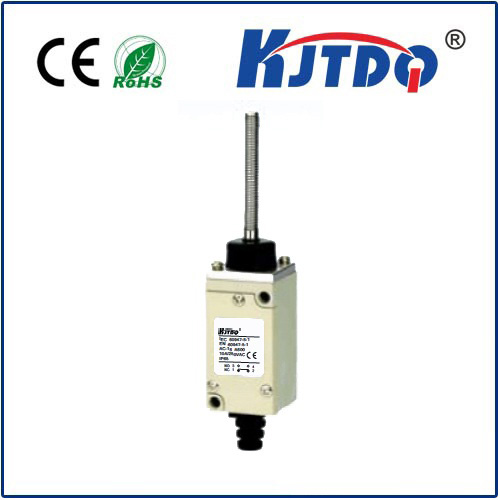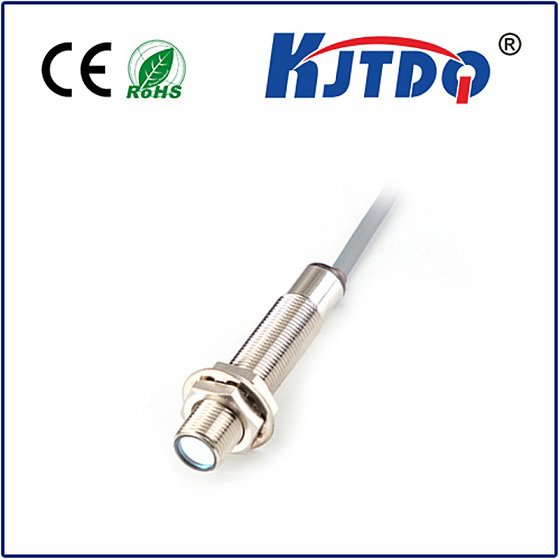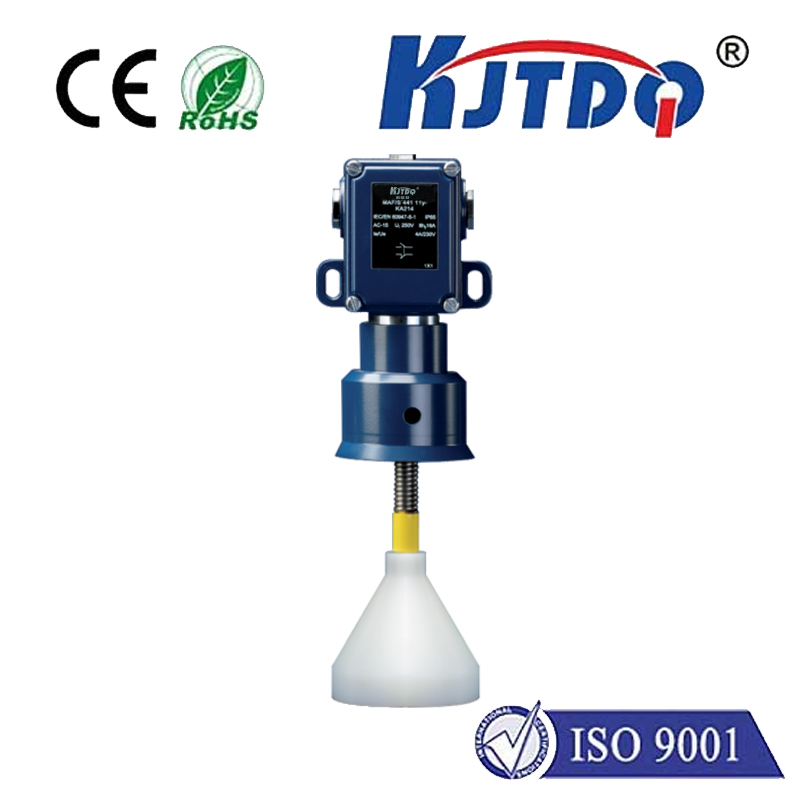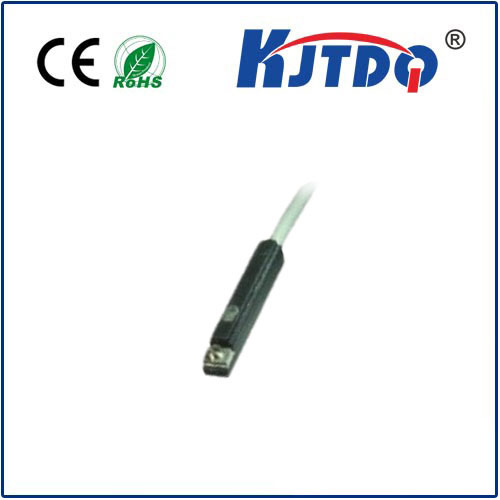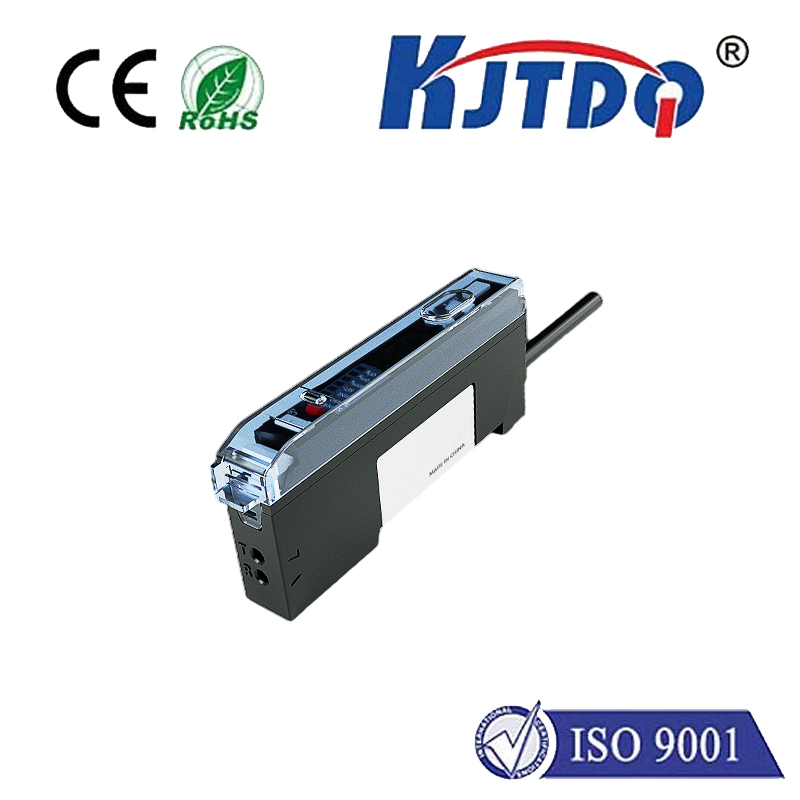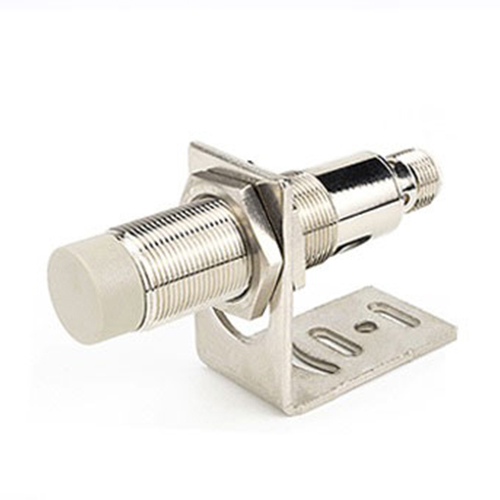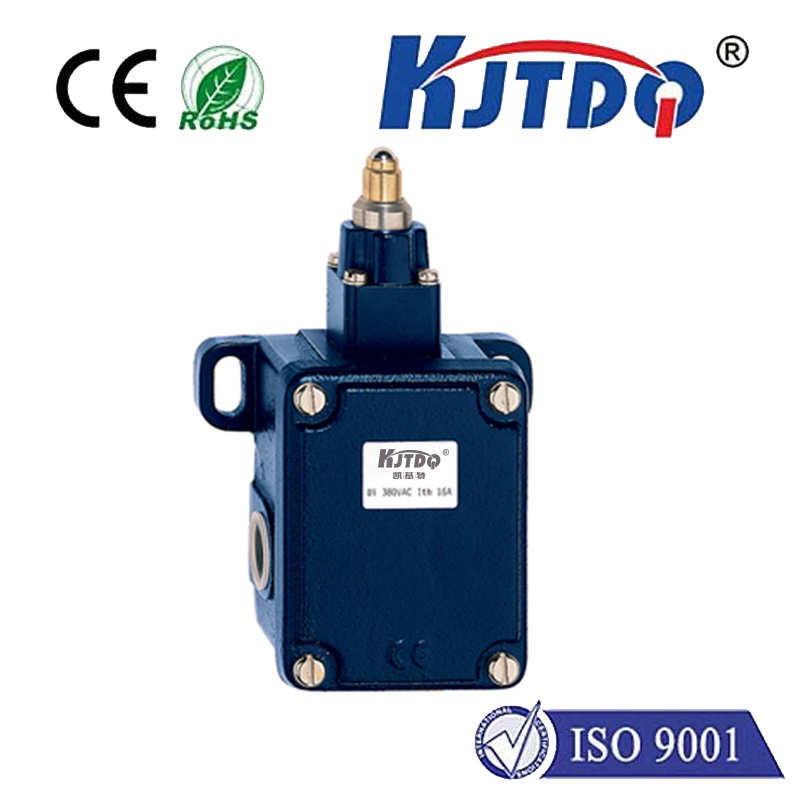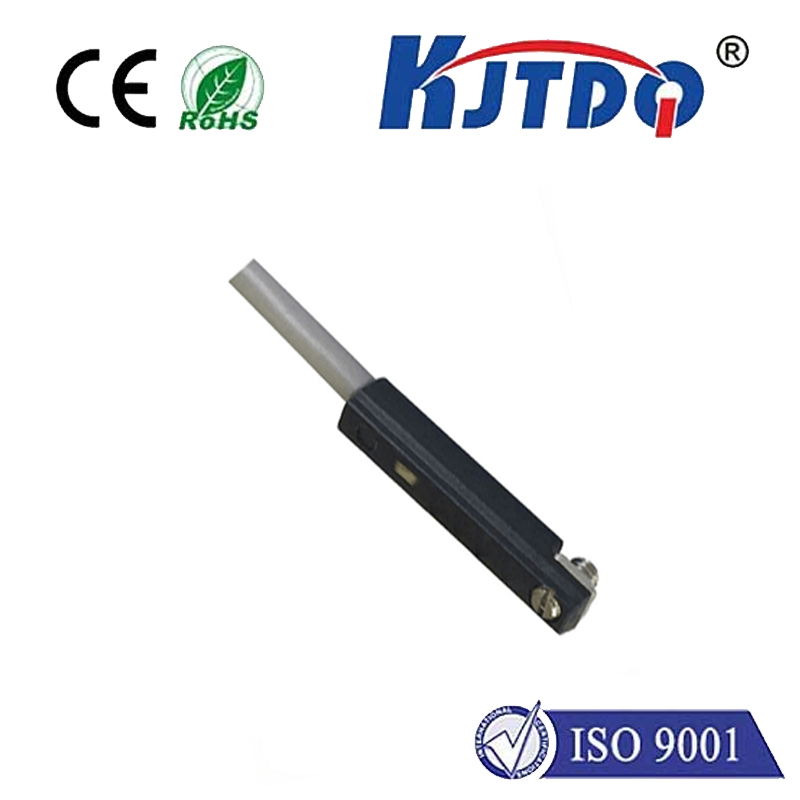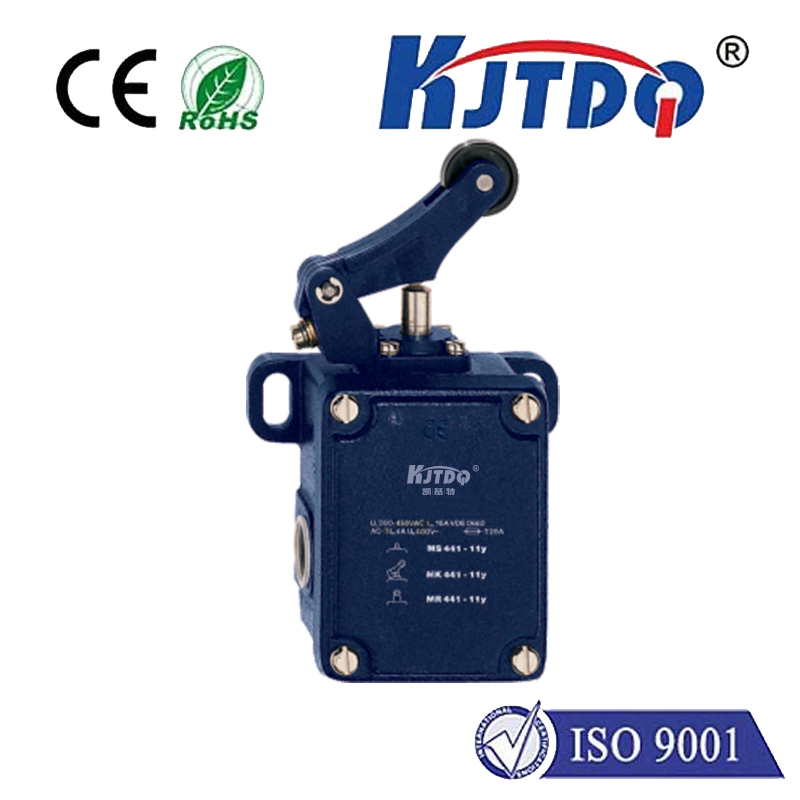Imagine your coffee machine automatically starting as you approach the kitchen counter, or a robot smoothly navigating around furniture without a bump. This magic often boils down to one crucial capability: distance detection. When combined with the versatile Arduino platform, ultrasonic proximity sensors become incredibly accessible tools for builders, hobbyists, and engineers alike. This guide dives deep into how these sensors work, how to effortlessly integrate them with your Arduino board, and unlock a world of interactive projects.
Decoding the Sound Waves: How Ultrasonic Proximity Sensors Operate
At its core, an ultrasonic proximity sensor is a remarkably simple concept powered by physics. Think of it like a tiny, silent bat. The sensor features a transmitter that emits high-frequency sound waves, far beyond human hearing (typically around 40 kHz). These ultrasonic pulses travel through the air until they encounter an object. Upon hitting the object, the sound waves bounce back towards the sensor. A separate receiver component detects this returning echo.
The sensor’s intelligence lies in its ability to precisely measure the time-of-flight – the interval between sending the ultrasonic pulse and receiving its echo. Since the speed of sound in air is relatively constant (approximately 343 meters per second at room temperature), calculating distance becomes straightforward:
Distance = (Speed of Sound × Time-of-Flight) / 2
We divide by two because the sound wave travels to the object and back again. This elegant time-of-flight principle provides accurate, non-contact distance measurements, typically ranging from a few centimeters up to several meters, depending on the specific sensor model.

The HC-SR04: Your Arduino’s Ultrasonic Companion
The HC-SR04 module is arguably the most ubiquitous ultrasonic proximity sensor in the Arduino ecosystem, beloved for its low cost, ease of use, and decent performance for most hobbyist applications. Let’s break down its key features:
Bridging the Gap: Connecting HC-SR04 to Arduino
Wiring the sensor to your Arduino board is refreshingly simple. Here’s the standard configuration:
A small capacitor (e.g., 100µF) placed across the VCC and GND rails near the sensor can sometimes help stabilize its operation, especially if using long wires or experiencing erratic readings.
Breathing Life: The Arduino Code
The magic truly happens with the Arduino sketch. The logic follows a clear sequence:
pulseIn() function on the Echo pin. This function waits for the pin to go HIGH (which happens as soon as the pulse is sent) and then times how long it stays HIGH.distance_cm = (pulseDuration_us * speed_of_sound_cm_per_us) / 2
Speed of sound ≈ 0.0343 cm/µs at 20°C (34300 cm/s / 1000000 µs/s = 0.0343). So:
distance_cm = pulseDuration_us * 0.0343 / 2 = pulseDuration_us * 0.01715Here’s a foundational example sketch to get you started:
#define trigPin 9
#define echoPin 10
void setup() {
Serial.begin(9600); // Start serial communication
pinMode(trigPin, OUTPUT);
pinMode(echoPin, INPUT);
}
void loop() {
long duration, distance;
// Clear the trigPin
digitalWrite(trigPin, LOW);
delayMicroseconds(2);
// Send the 10µs trigger pulse
digitalWrite(trigPin, HIGH);
delayMicroseconds(10);
digitalWrite(trigPin, LOW);
// Measure the echo pulse duration (in microseconds)
duration = pulseIn(echoPin, HIGH);
// Calculate distance in centimeters
distance = duration * 0.0343 / 2; // Speed of sound factor
// Print the distance to the Serial Monitor
Serial.print("Distance: ");
Serial.print(distance);
Serial.println(" cm");
delay(100); // Short delay between readings
}
Unlocking Possibilities: Real-World Applications
Integrating an УЗИ датчик приближения with Arduino opens a vast landscape for innovative projects and practical solutions. Here are just a few compelling examples:
Crafting Reliable Detection: Essential Tips
For optimal performance of your ultrasonic sensor Arduino projects, consider these practical considerations:
*

